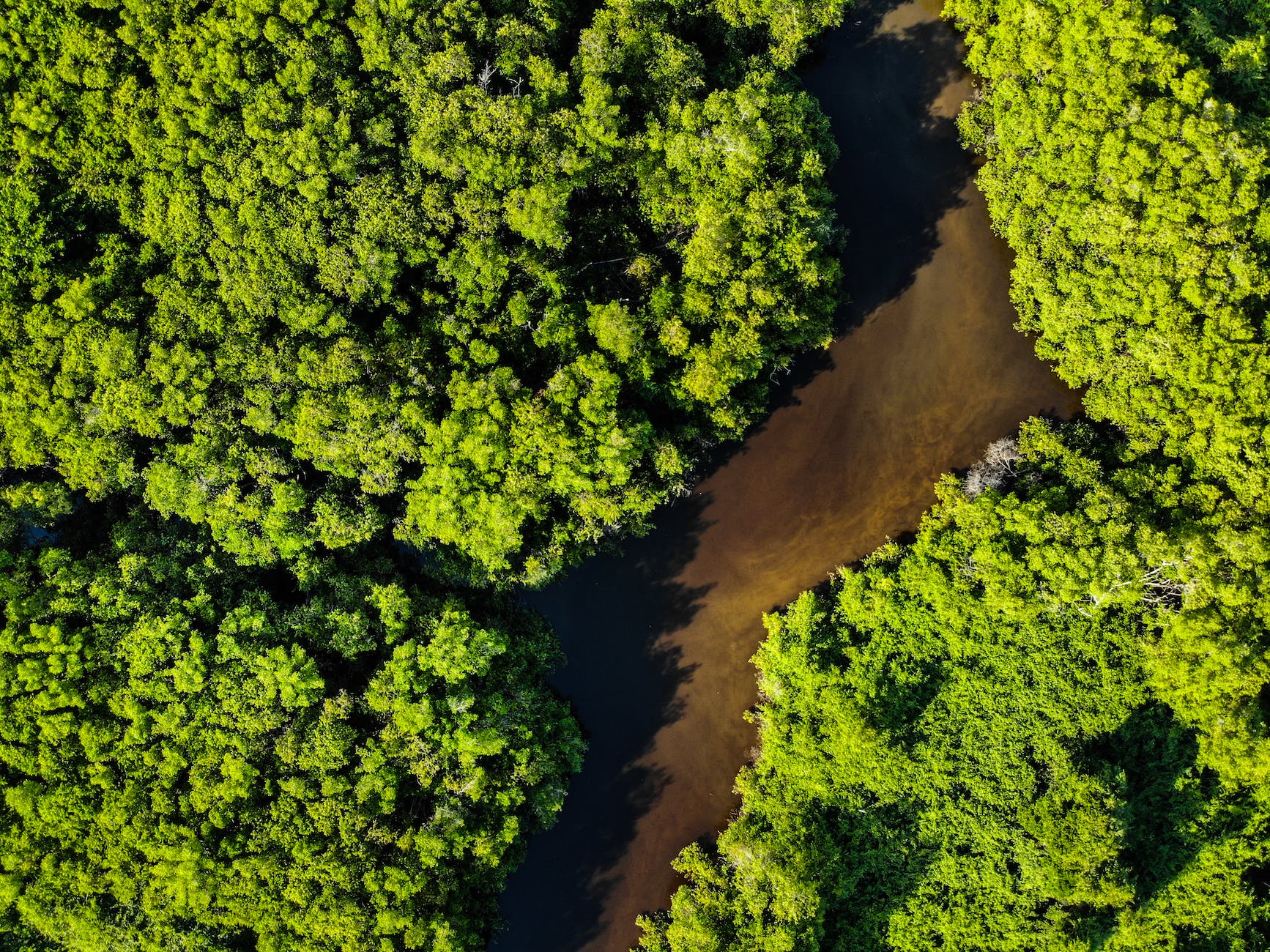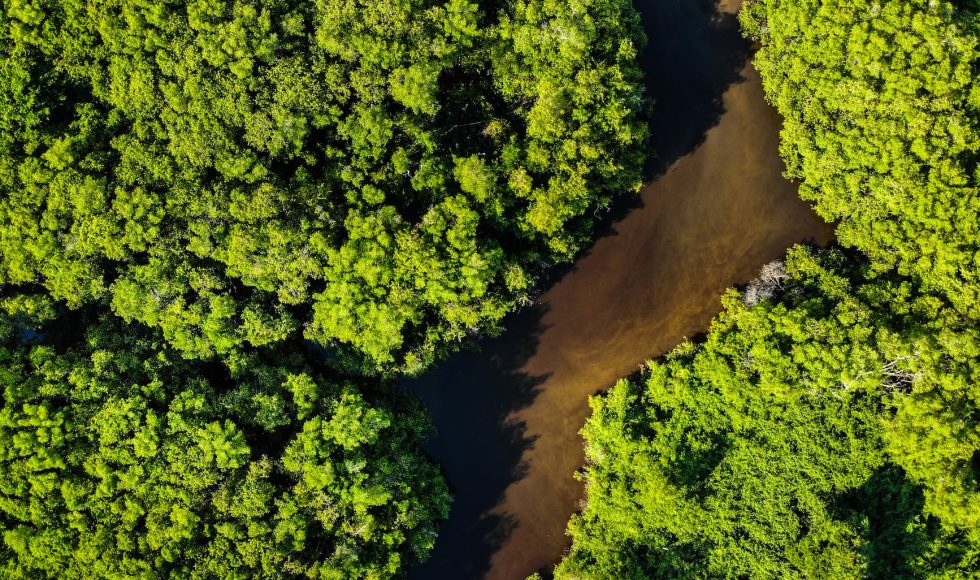I am still thinking about the Nanopore talk I watched yesterday. I now want to try using Flongle flow cells again! Tonight, I watched Douglas Mendel from the University of Sao Paulo, Brazil present at London Calling 2022. The session was only six minutes long and had the intriguing title: “Comparative metagenomics of natural and artificial ponds of the Atlantic Rainforest in Brazil using nanopore sequencing.” Mendel is a postdoctoral fellow. They spoke about the Guarapiranga reservoir that supplies drinking water to >3.7 million people in Sao Paulo Brazil! Mendel used nanopore sequencing to analyze surface water from the reservoir. They found viral, algal, bacterial sequences and much more! They also sampled water from natural and artificial ponds in the Atlantic Rainforest. Their workflow consisted of vacuum filtration of pooled water samples (1 L) using 0.22 um filters. The genomic DNA was extracted with the QIAGEN DNeasy Power Water kit. The DNA was quantified by both spectrophotometry and fluorometry. Mendel and team used 3 ug of DNA and the Ligation Sequencing Kit on MIN 111 flow cells (R10.3?). They used pipelines for annotation and binning, and assembled using meta Flye. They used UniVec to search for possible contaminants, Kaiju for contic classification, IMG/JGI annotation pipelines, and Pavian for Sankey plots. In the Red pond, most of the reads were bacterial, though viruses and archaea. This pattern was also similar in the other ponds, though the bacterial diversity seemed pond-specific. One of the MAGs on a slide was Delftia acidovorans! Higher N50s resulted in better binning, according to Mendel. I thought it was interesting that within the top five MAGs for two ponds, Comamonas and Delftia were represented.



